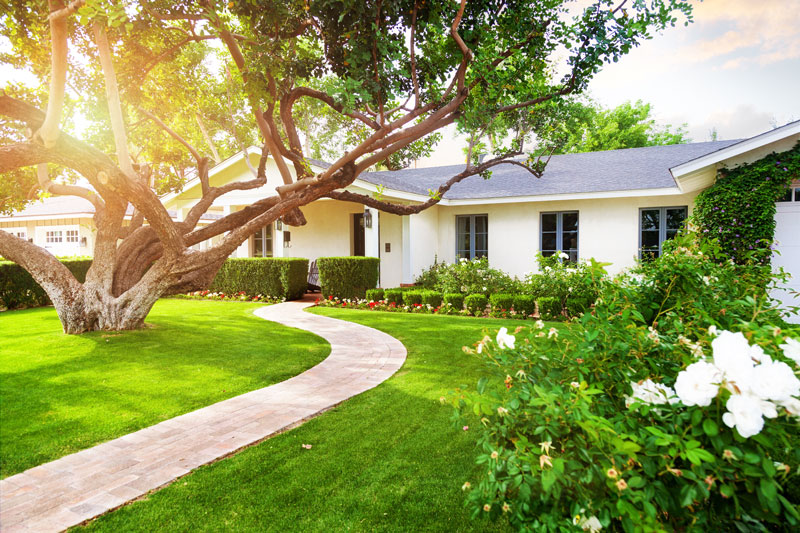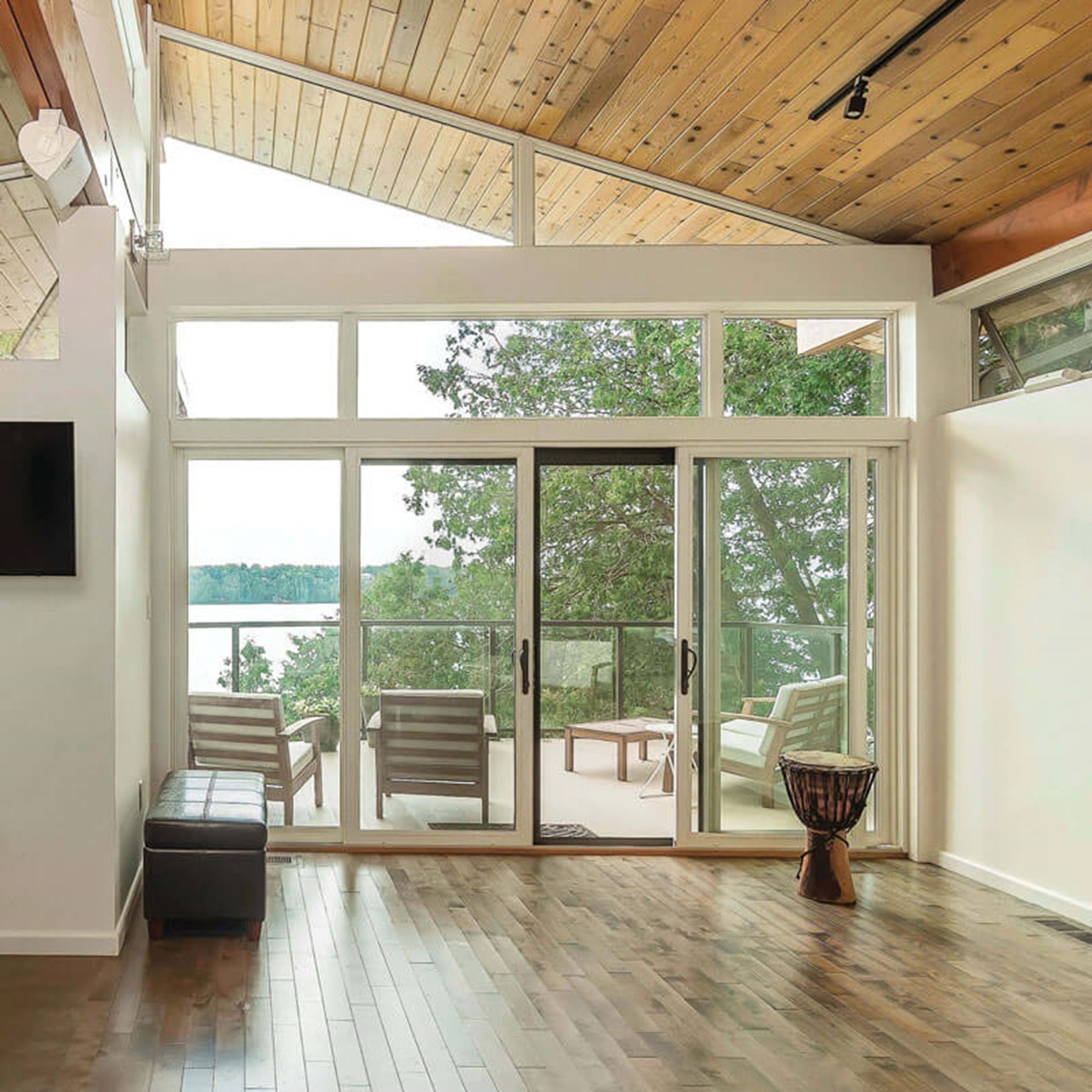
Marvin introduces more light and airflow into your home.
We all know how important sunshine (and good old Vitamin D) are towards maintaining good body and mental health. But did you know that aside from spending time outdoors, you can help bring that lovely sunshine and outdoor feel into your home as well? It’s true, and it can still help improve your overall health!
Humans are hardwired to be exposed to nature. What’s more, studies have shown that there’s a positive biological response that happens when we come into contact with nature, as well. You can bring the outdoors into your own home with Marvin – and this exposure to natural light can improve your health from head to toe!
Natural Light Improves Well-Being
Before we ever had lamps and lightbulbs, the sun was our primary source of light. As such, our biology revolves around the sleep/wake cycles we’ve established due to the natural rotations and guiding flow of the sun. This means that maintaining healthy levels of exposure to natural light is crucial to your overall health. Without proper sleep and access to natural light our immune systems can’t function at their best. Besides that, our energy is reduced, and we can find it harder to concentrate or remember things. Now, we can try to get outdoors as much as possible, but the average person spends nearly 90% of their time indoors. With so many work-from-home arrangements, we need our lighting to work in our favor to keep ourselves feeling and thinking healthy! Thankfully, thanks to the many advances in window and door design, you can easily amplify your access to natural light in your home.
Enhancing Your Home with Natural Light
Your patio door can work with the rest of your design choices to create a sharp, healthy and workable light-filled home. Especially when you add Marvin to an existing or planned outdoor deck! Nowadays, most modern homes (and many recently remodeled homes as well) have more windows with narrower frames. This increases the capacity for light to pass through and offers better views, so a sliding patio door can add even more lovely, natural light.
Healthy home design revolves around ensuring our doors and windows and our exposure to natural light work hand-in-hand. We recommend choosing a Marvin brand patio door to not only increase your home’s comfort and functionality – but also improve its curb appeal! Marvin provides reduced sightlines, thanks to a large expanse of glass. That means your backyard views are always picturesque and stunning! This also enables you to achieve the optimal amount of sunlight in your home. So you can connect with the outdoors, restore your health, and feel free – even while indoors!
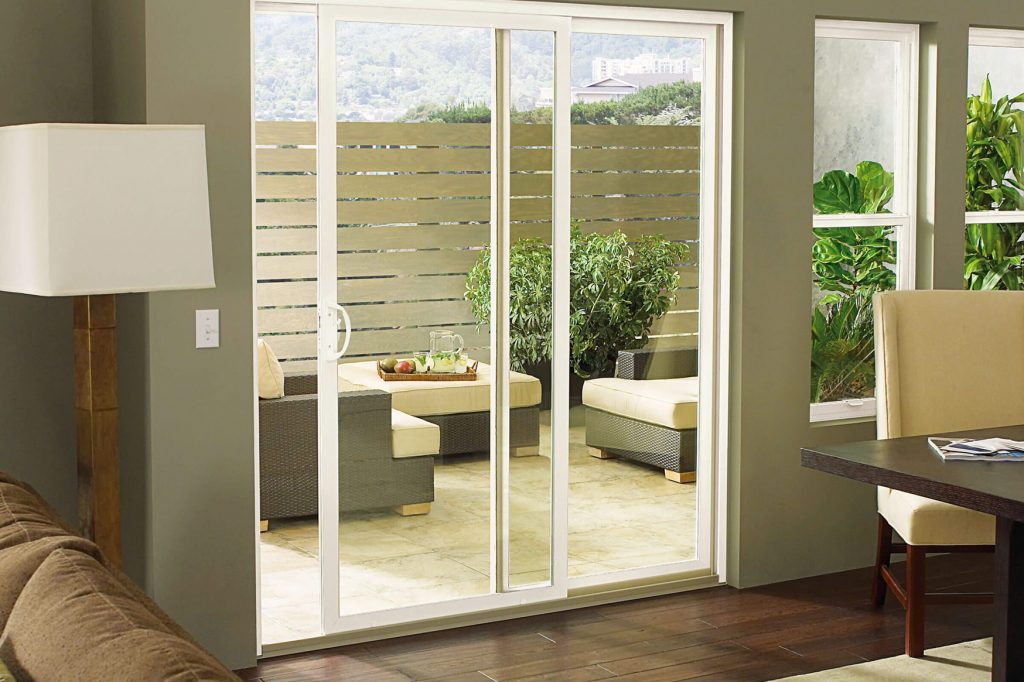
Blend Looks for Indoor & Outdoor Chic
One of the best things about adding a Marvin to your home is how customizable they are – so they can complement any existing or planned deck/outdoor space!
If you’re looking to create a sleek, modern patio for outdoor entertaining this summer – try the Marvin Signature® Ultimate sliding patio door! Featuring enhanced security features, heights of up to 16 feet, durable and weathertight performance, and personalized aesthetics and framing, it’s a great “plug-and-play” option for your next home remodeling project! We recommend pairing it with TimberTech AZEK Weathered Teak Decking to keep your deck cool while ensuring a sharp, contemporary look.
Don’t forget about the rest of your outdoor space as well! Having the entrance/exit from your backyard match the entire space only adds to its entire flow and feel. Try combining the clean lines and added visibility of a Marvin Essential™ sliding patio door with a stylish new TimberTech Paver pathway for added aesthetics! These products are not only incredibly customizable and easy to care for, but they can also improve the functionality of your home – inside and out!
It’s easier than you think to add to your home’s entire curb appeal with Marvin! They can improve the looks of your home – and can also protect it against the elements and keep your energy costs down! If you’re looking to improve your home inside and out, be sure to reach out to the talented team at GNH Lumber. We can help you find the best door and decking options for your home and ensure it’s installed successfully!

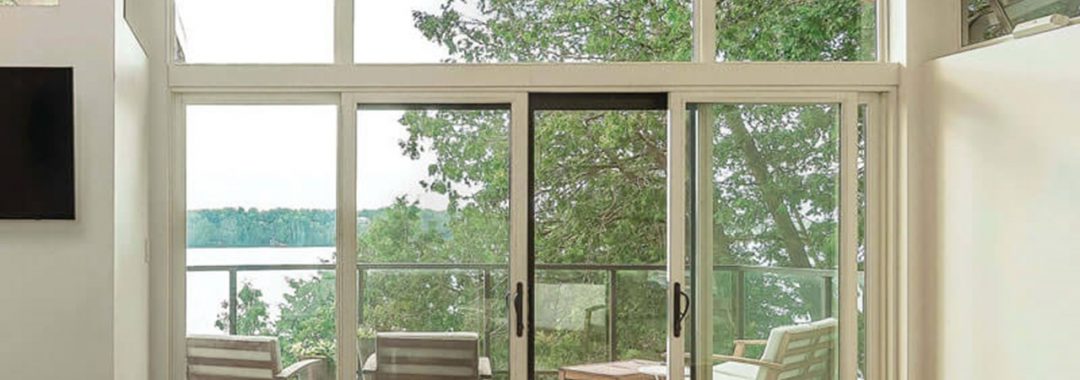
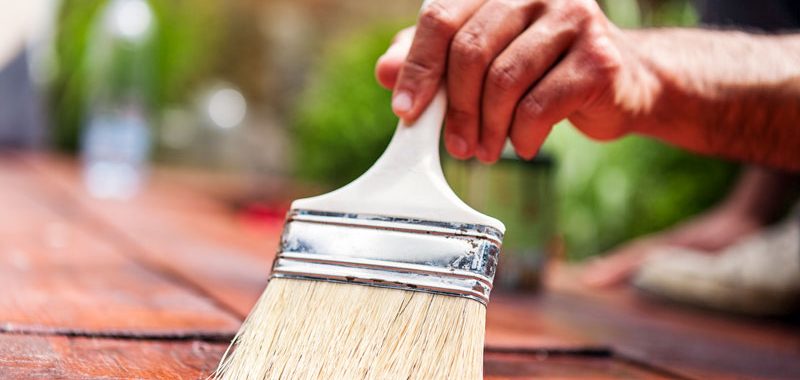
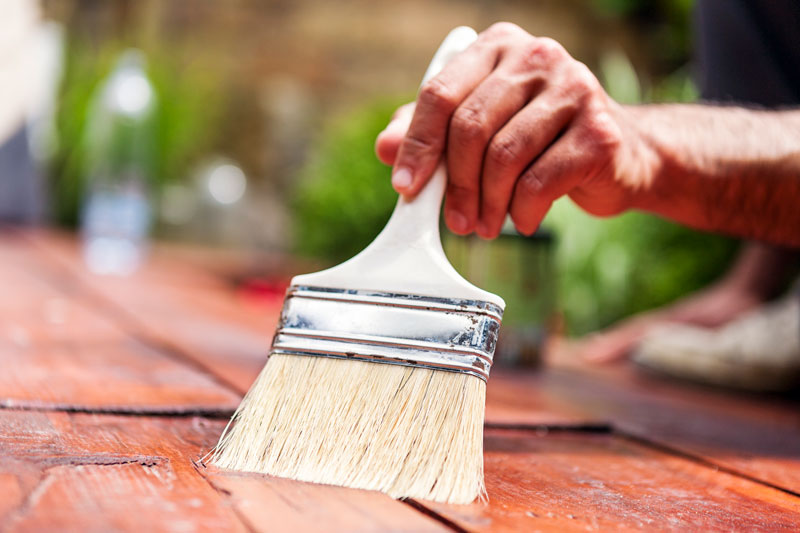 It’s the age-old question for deck care: staining versus painting? So, which is better for your deck, staining or painting? Simply put: it’s a matter of personal preference.
It’s the age-old question for deck care: staining versus painting? So, which is better for your deck, staining or painting? Simply put: it’s a matter of personal preference.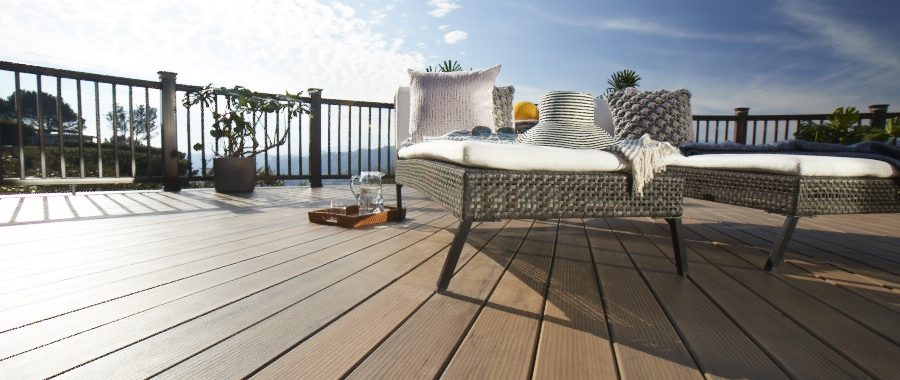
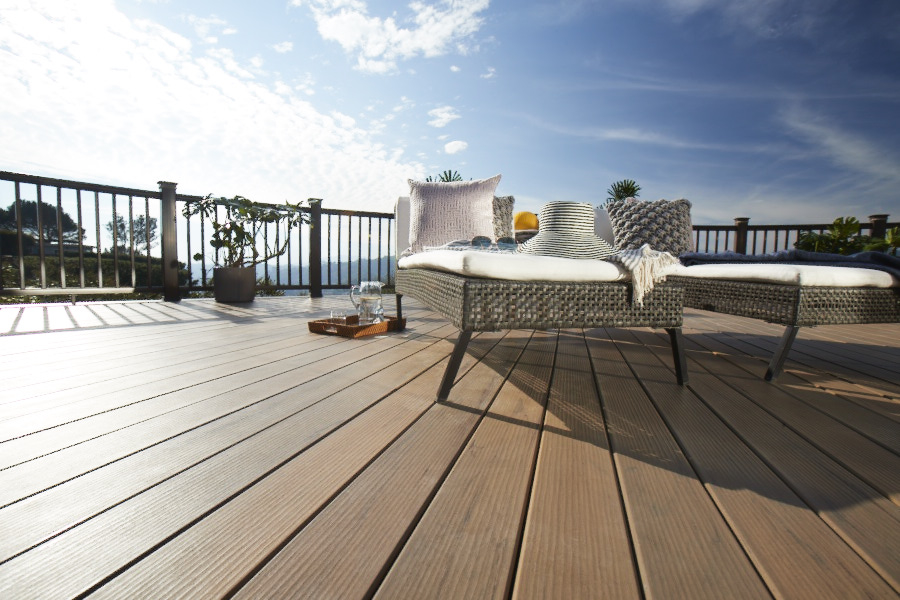
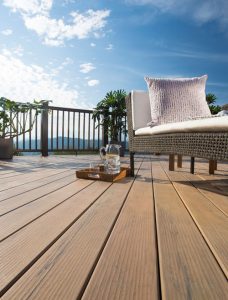
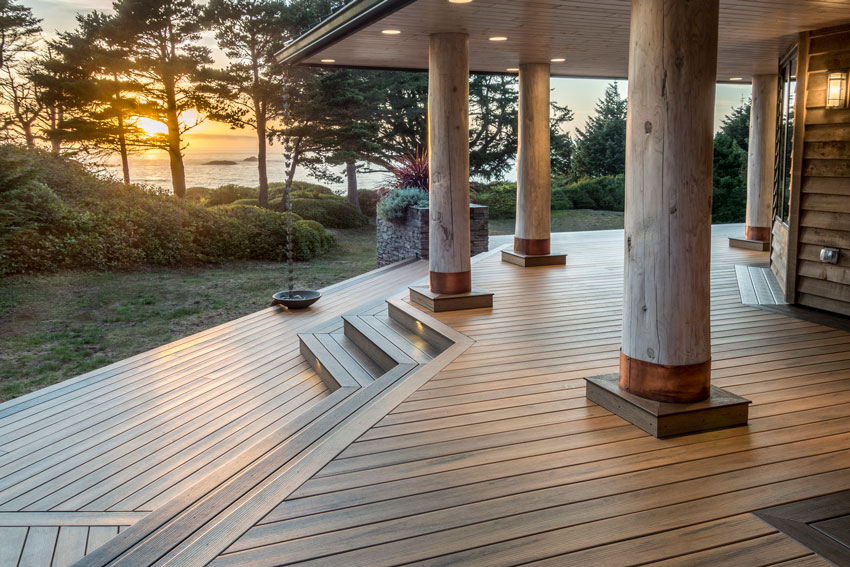
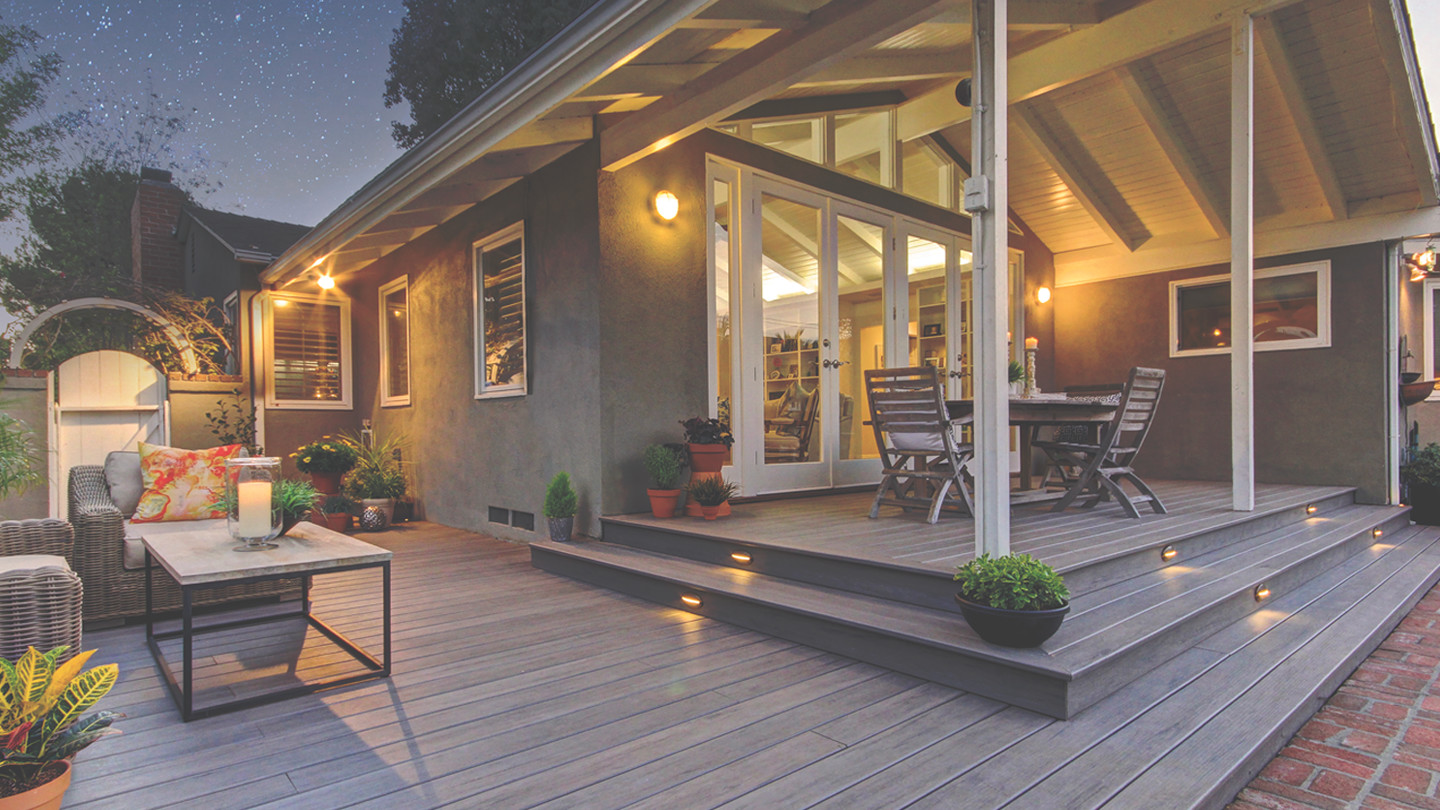 You can enjoy your TimberTech® Deck long after deck after dark with the subtle glow of low-voltage, energy-efficient LED lights in five functional styles. Each style creates a different dreamy effect on evening decks:
You can enjoy your TimberTech® Deck long after deck after dark with the subtle glow of low-voltage, energy-efficient LED lights in five functional styles. Each style creates a different dreamy effect on evening decks: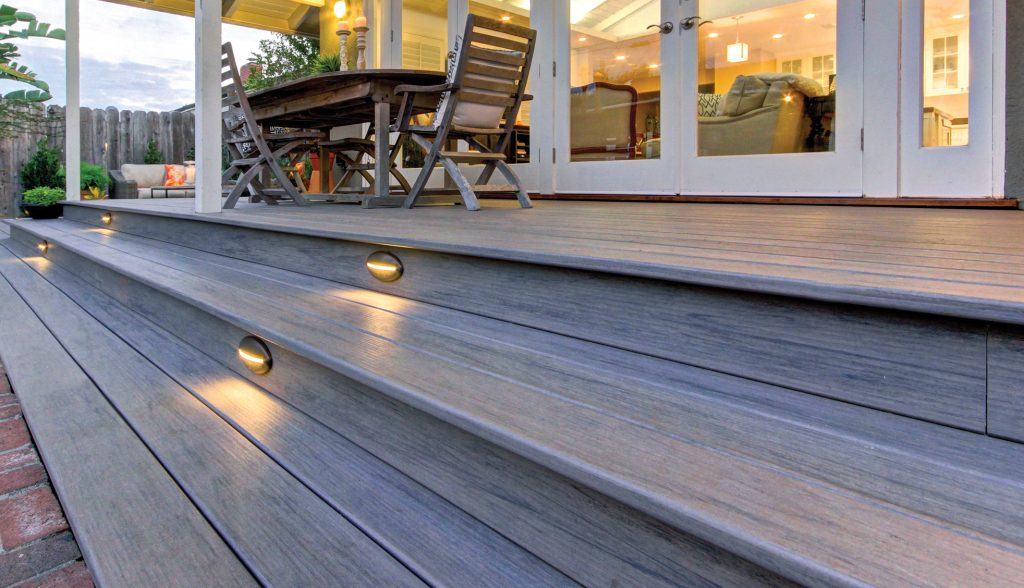




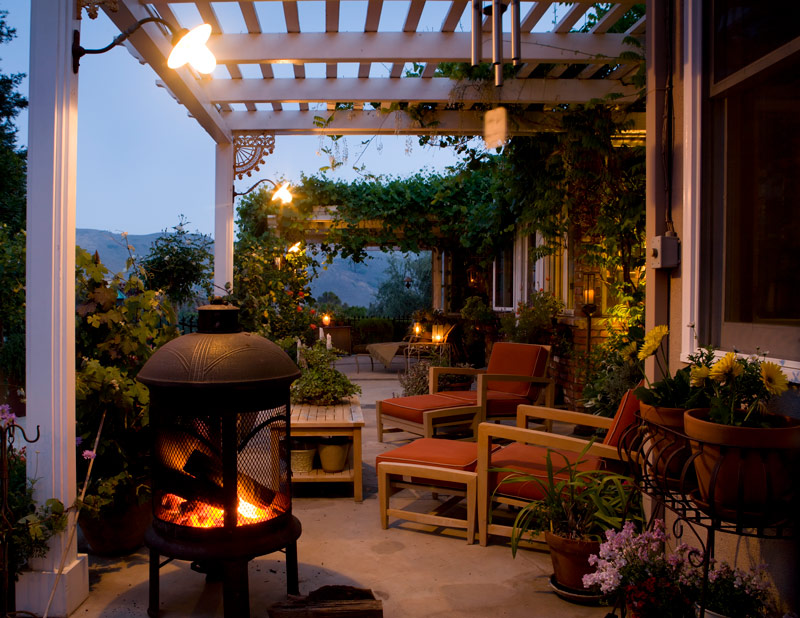
 Stop in to
Stop in to 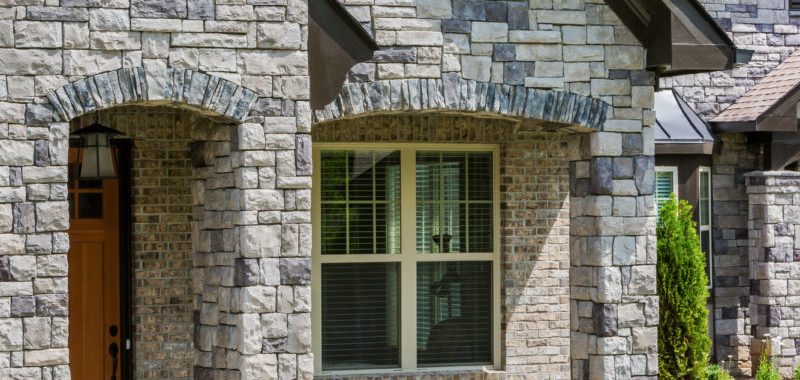
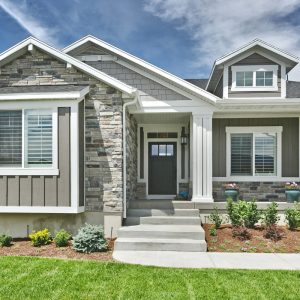
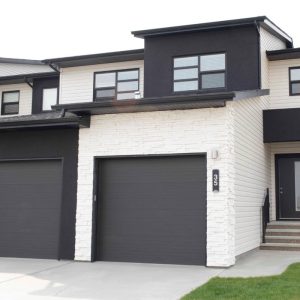

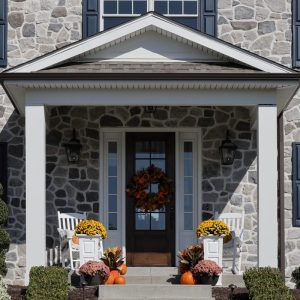
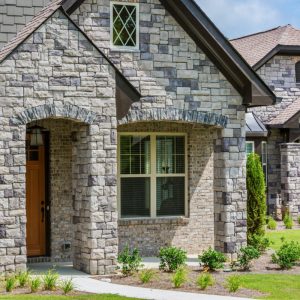
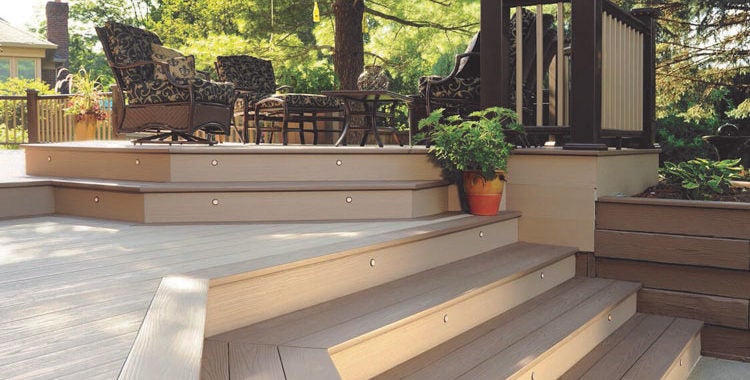
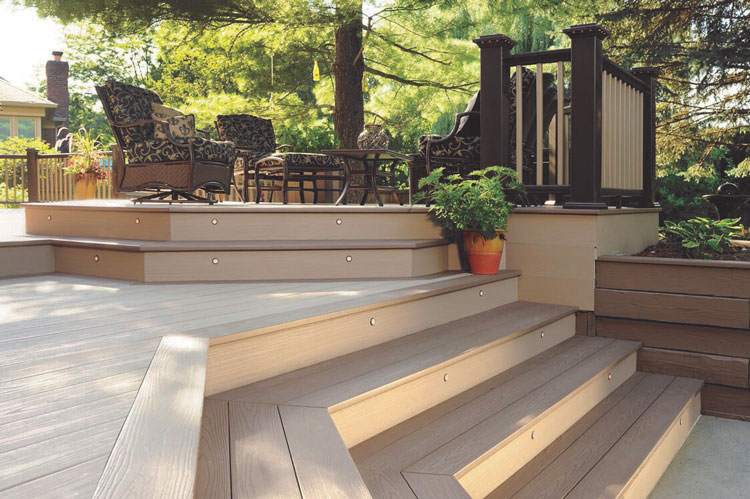
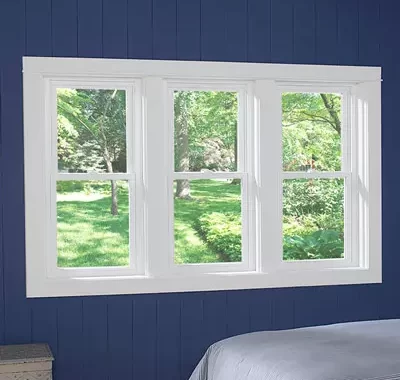
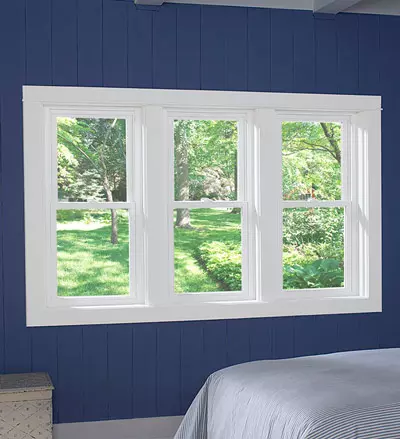 If you’re going to install replacement windows, it pays to measure windows correctly the first time and avoid the headache of placing an incorrect order.
If you’re going to install replacement windows, it pays to measure windows correctly the first time and avoid the headache of placing an incorrect order.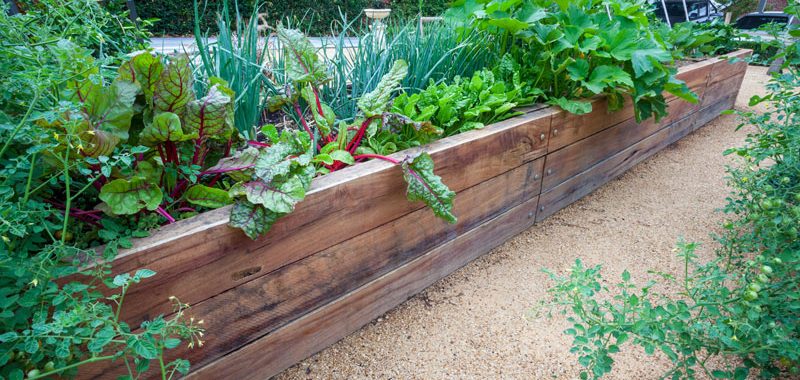
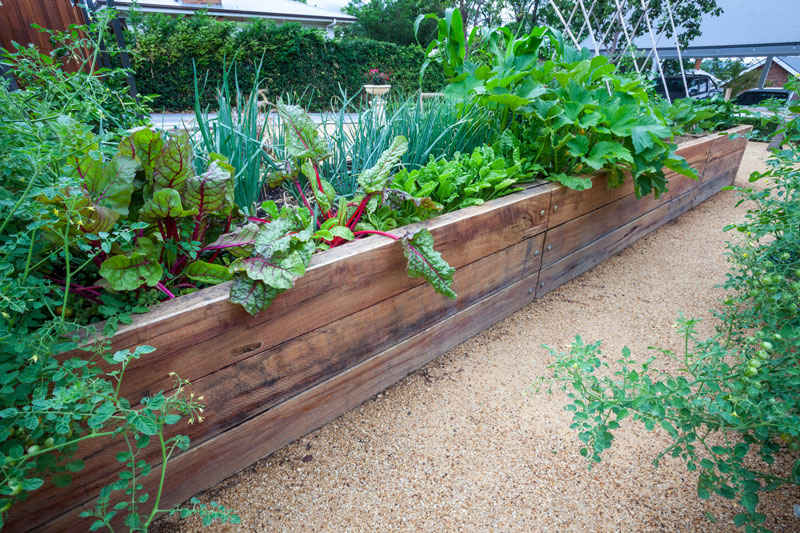
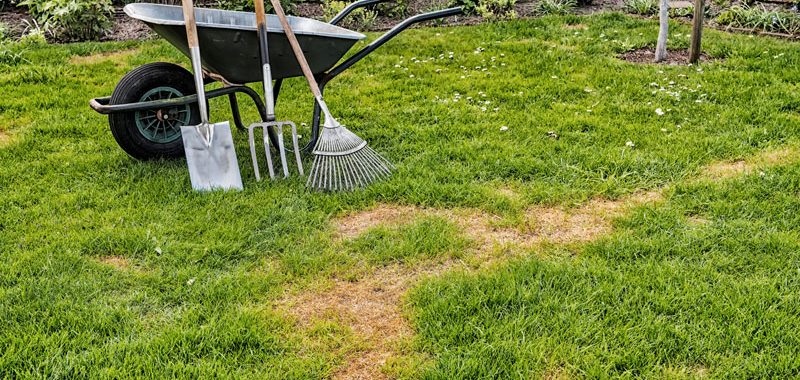
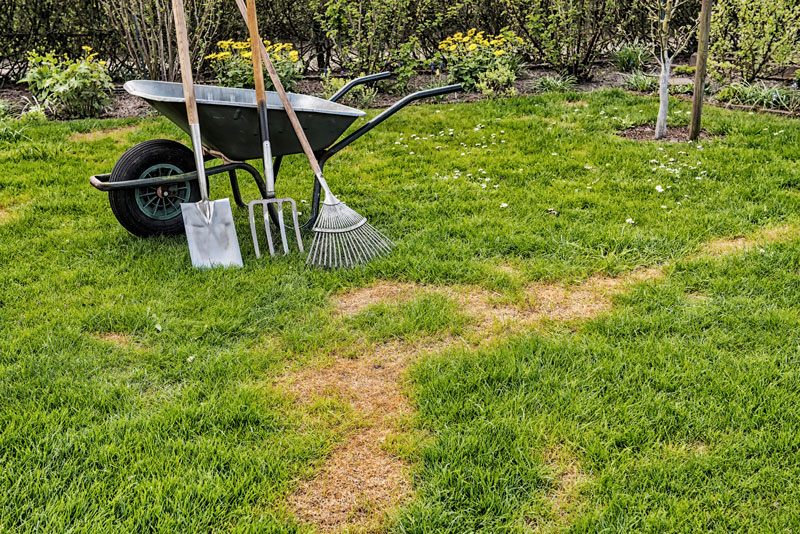 Ahhh! A lush lawn of perfect green! It’s what we all dream about when it’s summertime. The soft, rolling green backdrop to our cookouts, ballgames, BBQs and entertaining. That said, if you have a lawn with bald or bare spots, it can be frustrating to diagnose and fix.
Ahhh! A lush lawn of perfect green! It’s what we all dream about when it’s summertime. The soft, rolling green backdrop to our cookouts, ballgames, BBQs and entertaining. That said, if you have a lawn with bald or bare spots, it can be frustrating to diagnose and fix.
